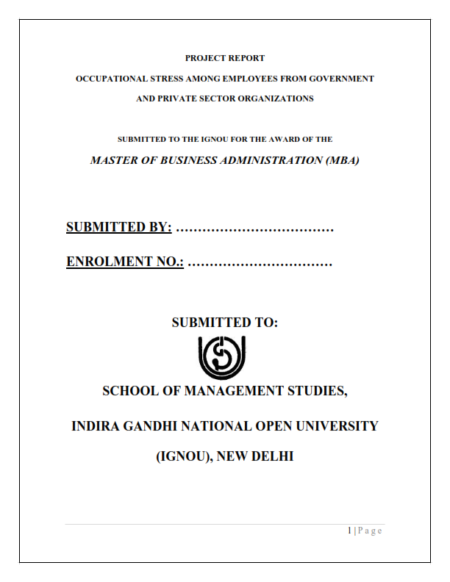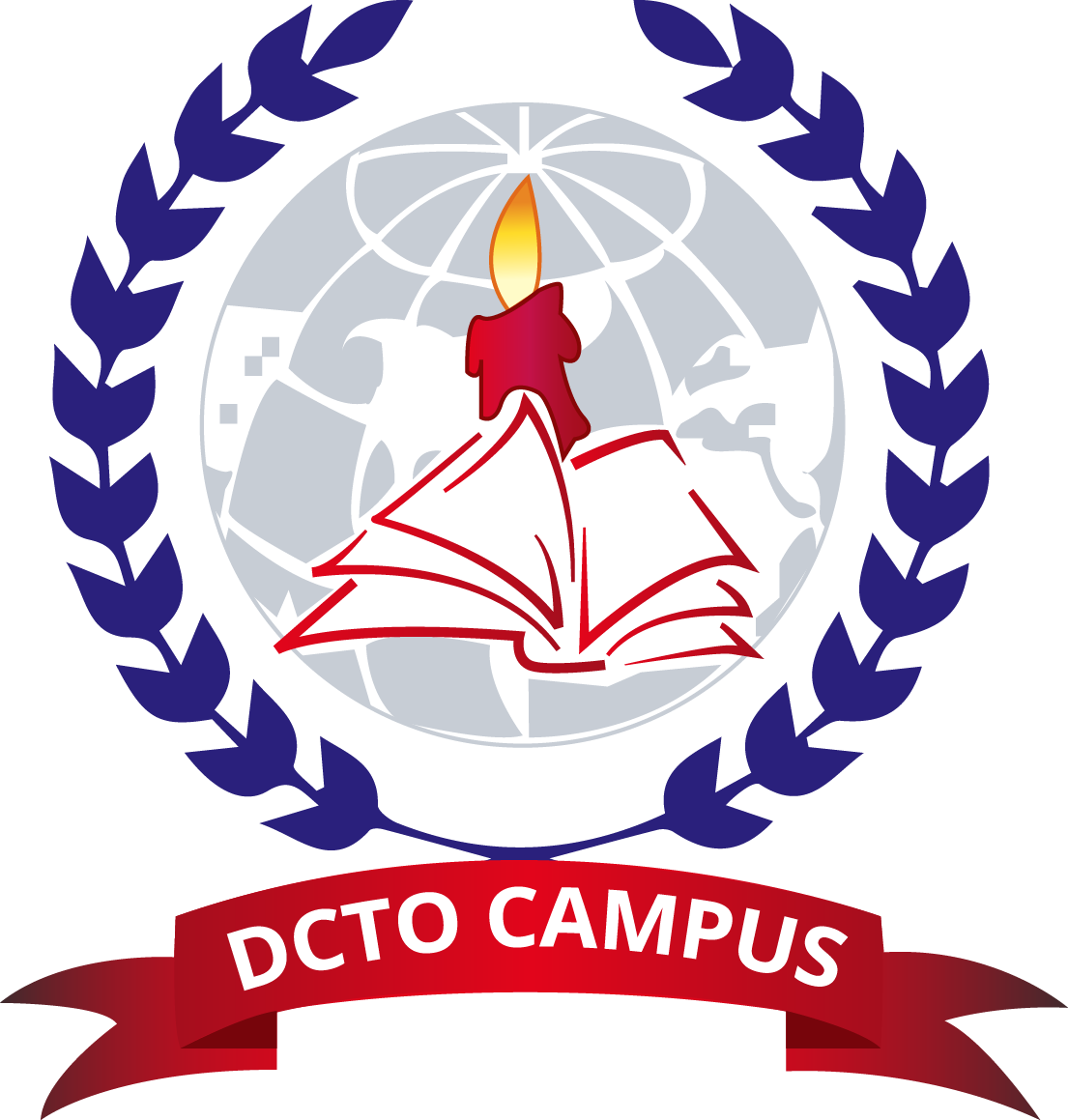Structured Method to Creating a Scholarly Work

Practical Framework to Writing a Research Paper
Writing a scholarly document is often perceived as one of the most challenging projects in higher education. Students frequently feel intimidated by the length and standards. However, with a structured roadmap, the process becomes achievable. This article provides a practical breakdown of each stage involved in developing a successful dissertation.
1. Define the Objective
A thesis is not merely a lengthy assignment; it is a research-based document that demonstrates your ability to conduct independent research. By defining its objective, you stay focused throughout the process. Ask yourself: Am I addressing a gap?
2. Pick a Theme
The research problem is the core of your study. It should be compelling, manageable, and relevant to your field. Avoid topics that are either unfocused or overly specific. Instead, sharpen your focus by framing a clear objective. For example, instead of studying “E-commerce,” focus on “The impact of e-commerce on last-mile logistics in urban India.”
3. Perform a Literature Review
A literature review is critical because it demonstrates what has already been discovered. Through this process, you spot weaknesses that your work can fill. Organize the review thematically, chronologically, or methodologically. Rely on reputable academic journals, books, and conference papers rather than unreliable sources. A strong literature review not only strengthens your argument but also establishes your research within the academic conversation.
4. Develop a Project Plan
Your research outline serves as the roadmap for the dissertation. It usually includes:
- Introduction of the problem
- Research objectives
- Approach
- Expected outcomes
A clear proposal proves that you are ready for the ignou project assistance. Most institutions require you to defend your proposal before approval.
5. Design Your Research Approach
The methodology is the core structure of your dissertation. Decide whether you will use quantitative. For instance, interviews may be useful for exploring personal experiences, while surveys may be better for large-scale patterns. Clearly explain why your chosen approach is suitable. A strong methodology supports the reliability of your results.
6. Collect and Analyze Data
Data collection can involve experiments. Be organized. Always follow ethical guidelines. Afterward, use appropriate tools to process the data. For quantitative research, this may mean statistical software like SPSS or R; for qualitative studies, coding frameworks or NVivo may be useful. Present your findings in a objective manner.
7. Write the Thesis Chapters
Break the writing into smaller stages to avoid burnout:
- Introduction: States the problem, background, and objectives.
- Literature Review: Summarizes prior research.
- Methodology: Describes your research approach.
- Results: Presents findings.
- Discussion: Interprets results in context.
- Conclusion: Highlights contributions and recommendations.
Focus on clarity, logical flow, and proper transitions. Remember the first version is not final—just keep writing.
8. Revise and Proofread
The editing stage is just as vital as writing. Review for accuracy. Ensure that each argument is well-supported. Check citations carefully. Seeking peer feedback can improve quality dramatically.
9. Format According to Guidelines
Universities often provide strict formatting rules, covering margins, fonts, line spacing, and referencing styles (Harvard). Following rules shows discipline. Neglecting them can weaken credibility even if the content is excellent.
10. Present Your Work
After years of hard work, you will finally turn in your thesis. Many programs also require an oral defense before a panel. Rehearse thoroughly, anticipate questions, and answer with confidence. This stage confirms your expertise.
Closing Words
Writing a thesis is a long journey, but it is also an chance to grow academically. By adopting these steps, you can stay organized. Remember, the key is discipline—and with that, completing your dissertation becomes an achievable milestone.
